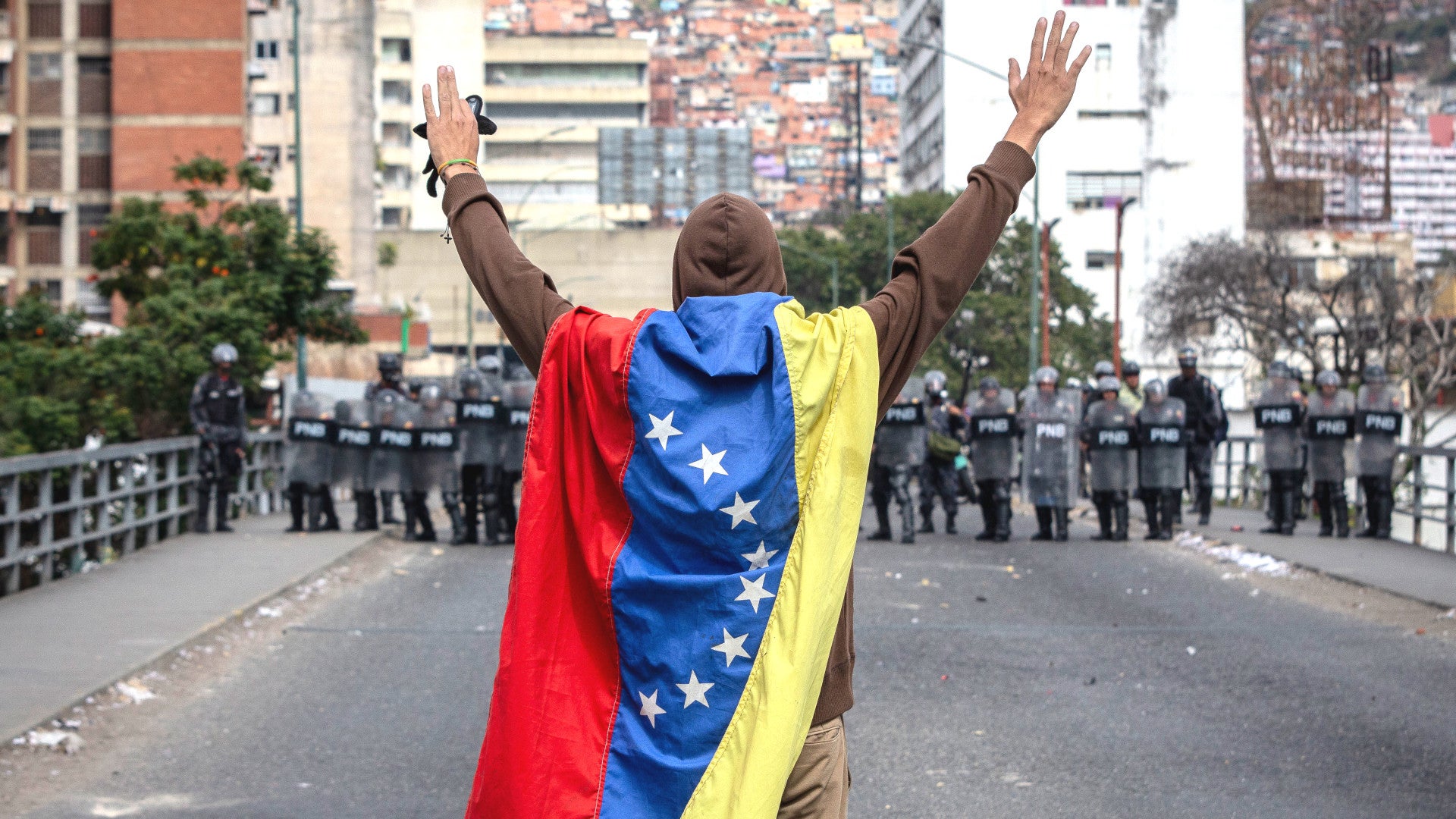Venezuela is in the midst of major civil unrest following the decision by the President of the country’s National Assembly, Juan Guaido, to declare himself the new Interim President of Venezuela. The United States, among others, has recognized Guaido, creating a standoff of sorts with the regime of the country’s embattled President Nicolás Maduro. While the chances for a major military intervention still seem low, the U.S. military could find itself deploying forces to the country soon in order to help U.S. diplomats and other American nationals evacuate or to provide additional security at diplomatic and other U.S. government facilities.
On Jan. 23, 2019, Guaido made his announcement in front of throngs of supporters in Caracas who had turned out to protest Maduro’s government, which is widely seen as responsible for a protracted and widespread economic crisis that has led to shortages of food and other basic necessities in recent years. Maduro began his second term earlier this month after winning an election in 2018 that many observers said was neither free nor fair.
U.S. President Donald Trump and his administration, which have been vocal critics of the increasingly dictatorial Venezuelan leader, were quick to announce their support for the new interim president. Canada and nearly a dozen Central and South American countries have followed suit in recognizing Guaido, so far.
“In its role as the only legitimate branch of government duly elected by the Venezuelan people, the National Assembly invoked the country’s constitution to declare Nicolas Maduro illegitimate, and the office of the presidency therefore vacant,” Trump said in a statement on Jan. 23, 2019. “The people of Venezuela have courageously spoken out against Maduro and his regime and demanded freedom and the rule of law.”
Bolivia, Cuba, and Mexico have expressed continued support for Maduro, as have lawmakers in his major foreign ally, Russia. Turkey, whose own President Recep Tayyip Erdoğan routinely faces international criticism for undemocratic policies, has also reportedly sided with the embattled Venezuelan leader.
Maduro, unsurprisingly, has denounced Guaido’s decision and his foreign supporters, especially the United States, and has ordered all U.S. diplomats and staff out of the country within 72 hours. The Venezuelan president has long accused the United States of actively conspiring to overthrow his government without providing any hard evidence to support those claims. In August 2018, he survived an assassination attempt involving explosive-laden drones, which he promptly blamed on the United States, as well as its major regional ally Colombia, which has also been a vocal critic of his regime.
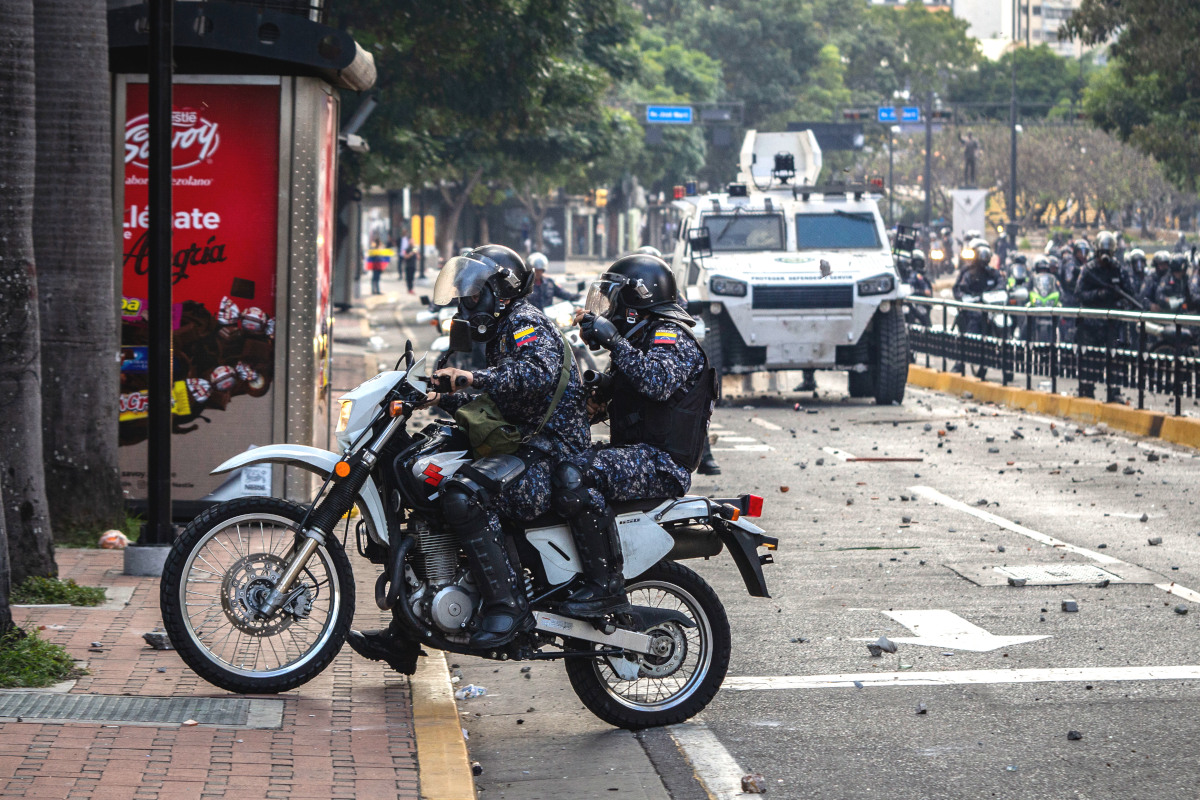
However, Guaido says that any orders or directives coming from Maduro are no longer legitimate and has said American government officials are welcome to stay. With government security forces loyal to Maduro trying to violently disperse protestors and other reports of domestic upheaval, the U.S. government could easily decide to draw down its diplomatic staff or otherwise help American nationals evacuate to safety. At the same time, it could deploy additional troops to bolster security at facilities where any U.S. personnel remain in place.
We have reached out to State already for more information about the steps it is taking, but have not received a response at the time of writing. CNN has reported that the Department has no plans to evacuate its personnel from the country at present since the U.S.-recognized president has not asked them to leave.
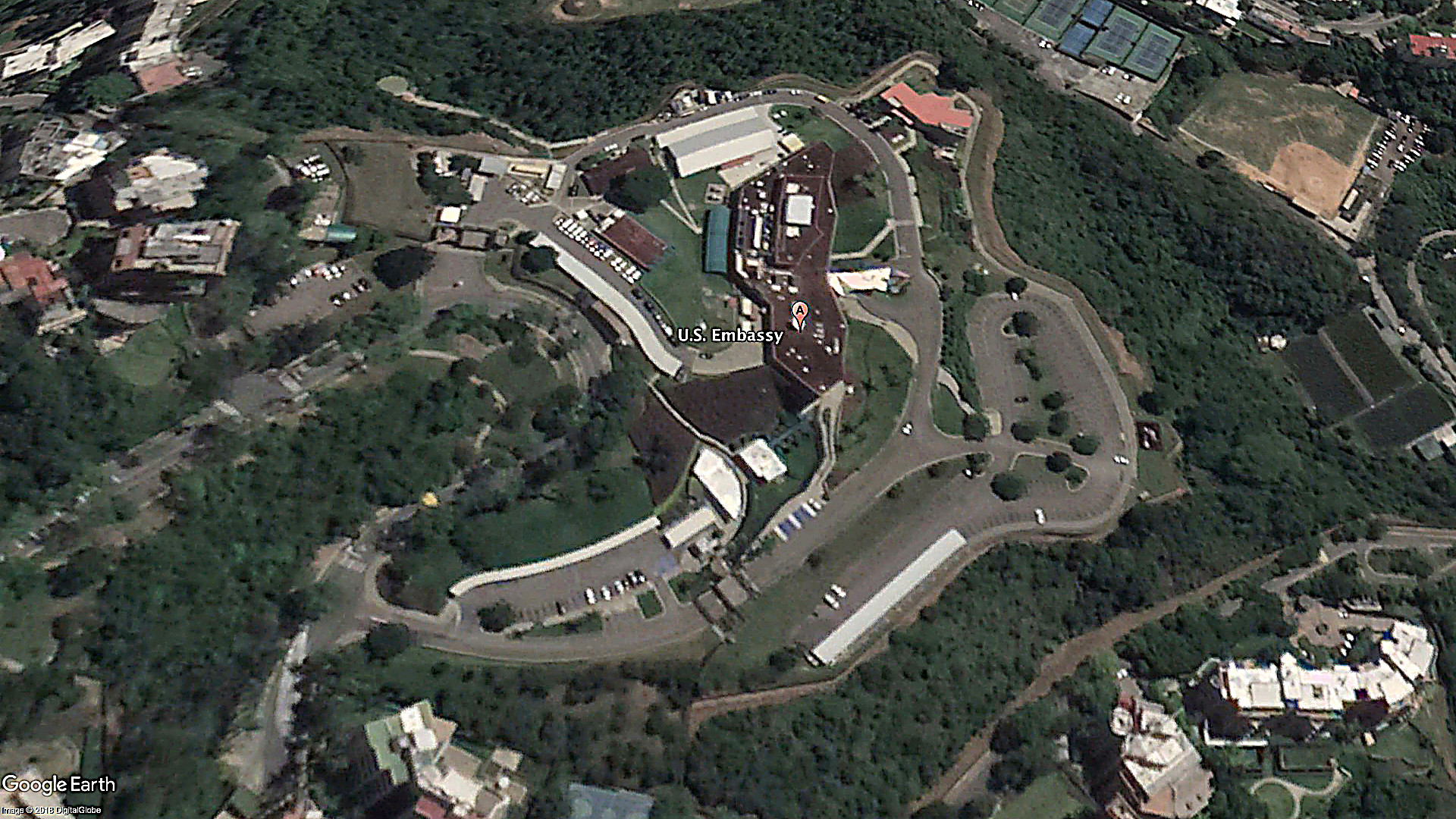
This will automatically put those individuals in a riskier situation given that a significant portion of Venezuela’s security forces remain loyal to Maduro at this point and could end up under orders to more forcefully eject American diplomats, or decide to take matters into their own hands if the situation worsens. Venezuelan troops and police might also look to harass their families or other U.S. citizens in the country, concerns that the U.S. also used to justify its military intervention into Panama in 1989.
But absent any direct order from Trump to the Pentagon to intervene militarily in the crisis, something he has floated publicly in the past, the U.S. State Department will remain the lead agency for any such security decisions in the country. As such, State would be the one to first request any support for an evacuation or additional security from the Department of Defense.
If the security situation were to devolve to a particularly precarious point, the State Department could look to employ its own fleet of light aircraft or chartered commercial airplanes to get U.S. government employees and American citizens out of the country first. It could similarly deploy additional Diplomatic Security Service personnel to guard the Embassy in Caracas and any other diplomatic facilities in Venezuela.
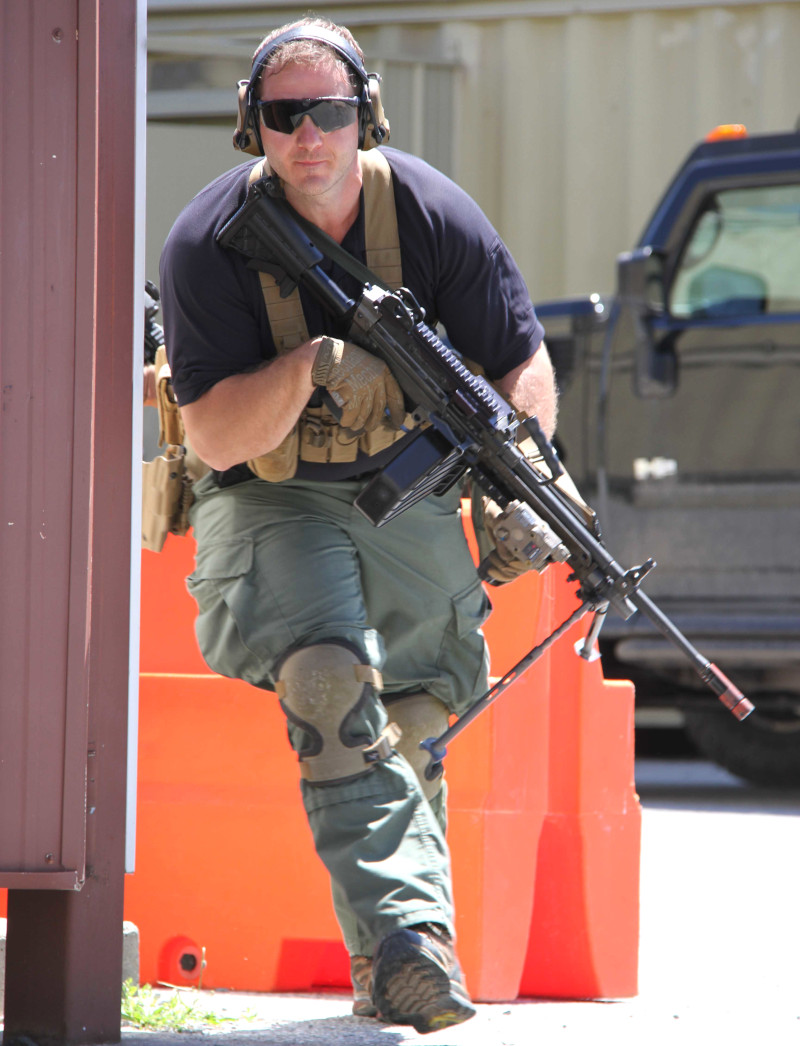
State’s Bureau of International Narcotics and Law Enforcement Affairs, better known as INL, has a significant presence in neighboring Colombia, too, to support counter-narcotics activities. As such, the Department might already have assets, including light aircraft, well-positioned to help. Long-standing relations between the U.S. and Colombia, including major defense and security ties, as well as the latter country’s opposition to Maduro, would make it a likely staging ground for any contingency response.
Unfortunately, State is one of a number of U.S. government departments that are currently operating in a limited capacity due to a partial government shutdown. This could potentially limit the response forces it can deploy itself and how readily it might be able to hire contractors to provide additional support.
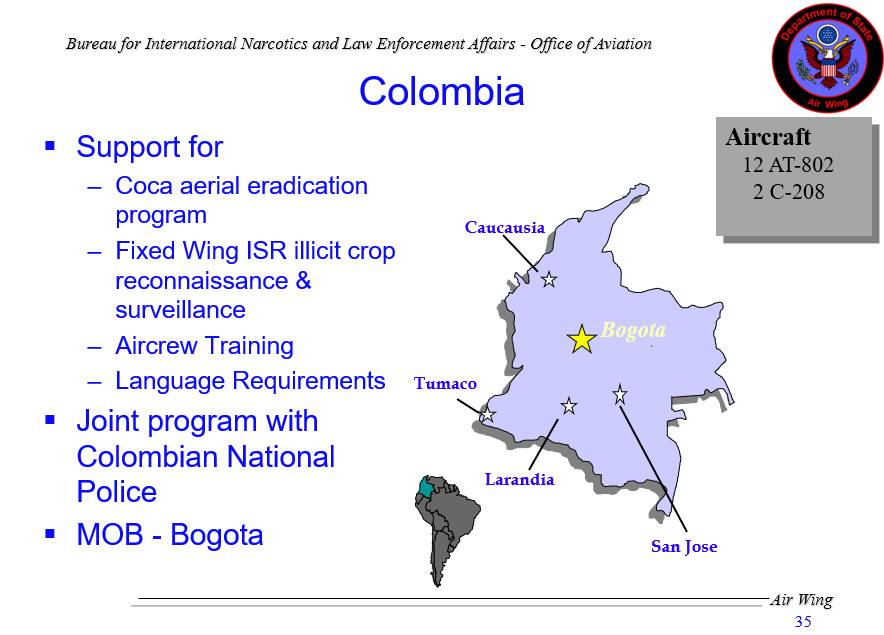
Whether not State has already requested any support from the Pentagon, the U.S. military is certainly standing by to provide support, if necessary, as well. In the aftermath of the infamous attack on the U.S. consulate in Benghazi, Libya in 2012, the U.S. military instituted an over-arching contingency response plan known as Operation New Normal. U.S. Southern Command (SOUTHCOM) would have to have its own additional regional plans in place to carry out crisis response missions in Central and South America. At the time of writing, SOUTHCOM had not yet responded to our queries about how the command might be responding or preparing to respond to the new developments in Venezuela.
One of the most common U.S. military responses to situations such as the one still developing in Venezuela is to deploy members of one of the Marine Corps’ Fleet Antiterrorism Security Teams, or FAST Companies. These units already have a long-standing relationship with the State Department and offer a readily scalable and rapidly deployable additional security force for Embassies and other diplomatic sites.
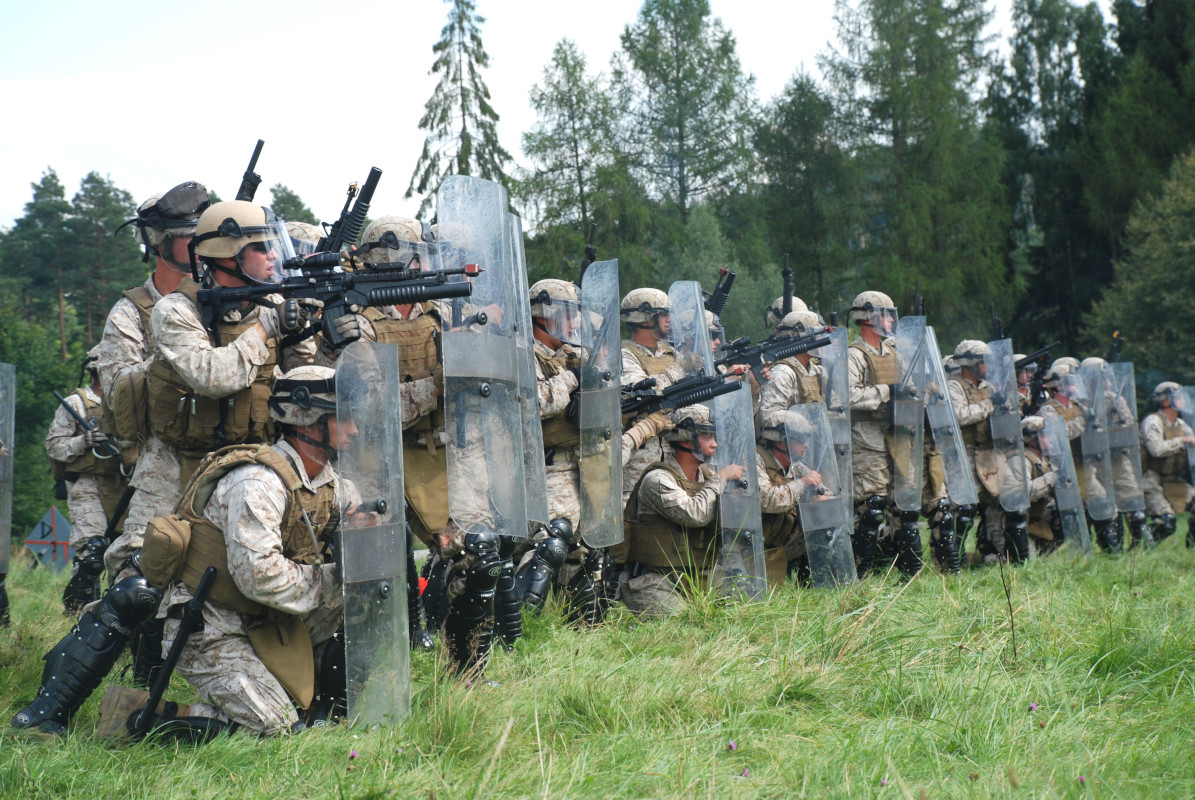
There are presently three FAST Companies based in the United States that could easily mobilize for duty in Venezuela. Depending on the exact mission requirements, these units could deploy with various small arms, including .50 caliber machine guns and Mk 19 40mm automatic grenade launchers, as well as a variety of less-than-lethal crowd control weapons and other related equipment, some of which is seen in the video below.

Another option would be to mobilize special operations forces, either in the United States or forward deployed for other missions closer to Venezuela. U.S. Special Operations Command already has a so-called Special Operations Command (Forward) headquarters element in Colombia to oversee special operations activities in that country and elsewhere in the region.
There is also the Special Purpose Marine Air Ground Task Force-Southern Command (SPMAGTF-SC), which is forward deployed at Soto Cano Air Base in Honduras specifically to respond to regional contingencies in Central and South America. First established in 2015, this task force is made up of rotating units, which have at times included detachments of KC-130 Hercules aircraft, CH-53E Super Stallion helicopters, and MV-22 Osprey tilt-rotors.
The KC-130s can act as transports or aerial tankers for the CH-53Es and MV-22s, allowing the entire force to self-deploy across extended distances. There are also U.S. Army UH-60 Black Hawks and CH-47 Chinooks at Soto Cano, but these do not have aerial refueling capability. It is still more than 1,400 miles from Soto Cano to Caracas, though, so any force deploying from there would almost certainly make stops along the way in other friendly countries that have recognized Venezuela’s Guaido, such as Costa Rica, Panama, and Colombia.
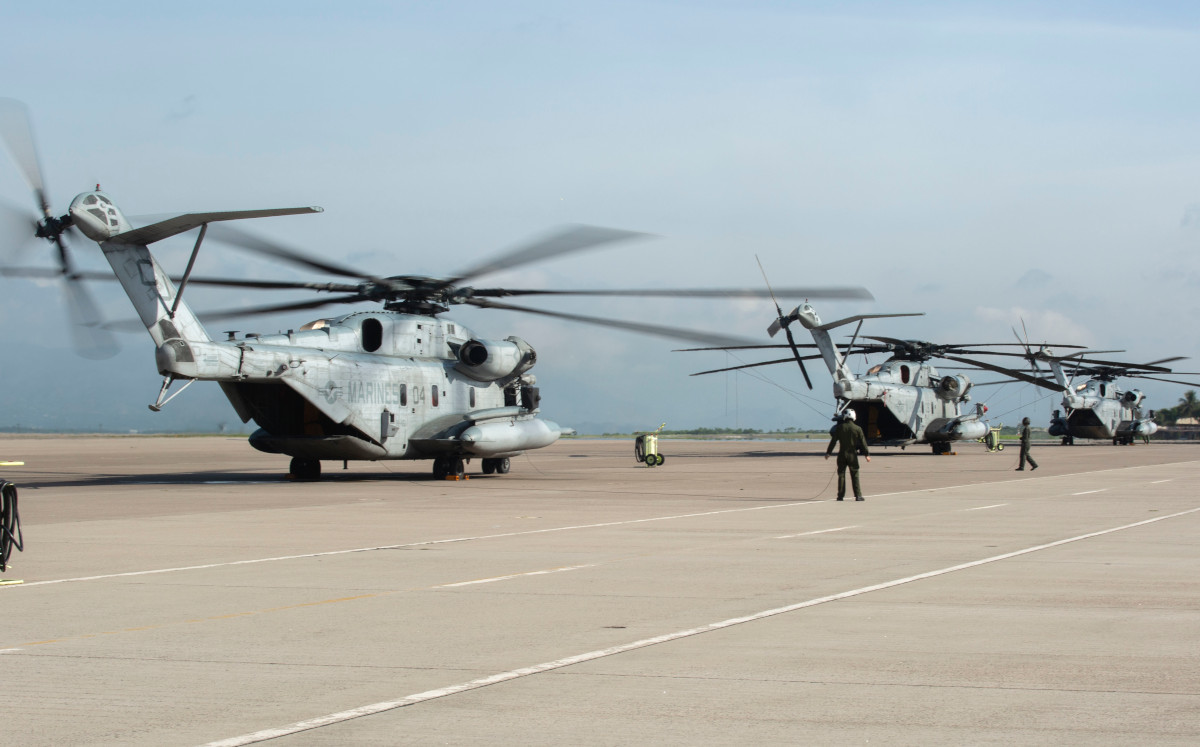
The U.S. military could also decide to mobilize forces within the United States and deploy them through avenues that might put them closer to the target area, such as staging them in Puerto Rico, which sits around 500 miles north of Caracas. The United States also has access to an established forward operating location on the Dutch island of Curaçao, which is less than 200 miles to the northwest.
The U.S. Air Force regularly deploys aircraft there, primarily for counter-narcotics operations, including E-3 Sentry Airborne Warning and Control System (AWACS) radar planes, KC-135R tankers, and C-130 Hercules transports. Any C-130s that might be there could easily find themselves tasked with a short-notice rescue mission if it comes to that. In 2016, a Hercules crew in Djibouti in East Africa similarly woke up to find themselves headed to evacuate American diplomatic staff from South Sudan, the very first mission initiated under Operation New Normal.
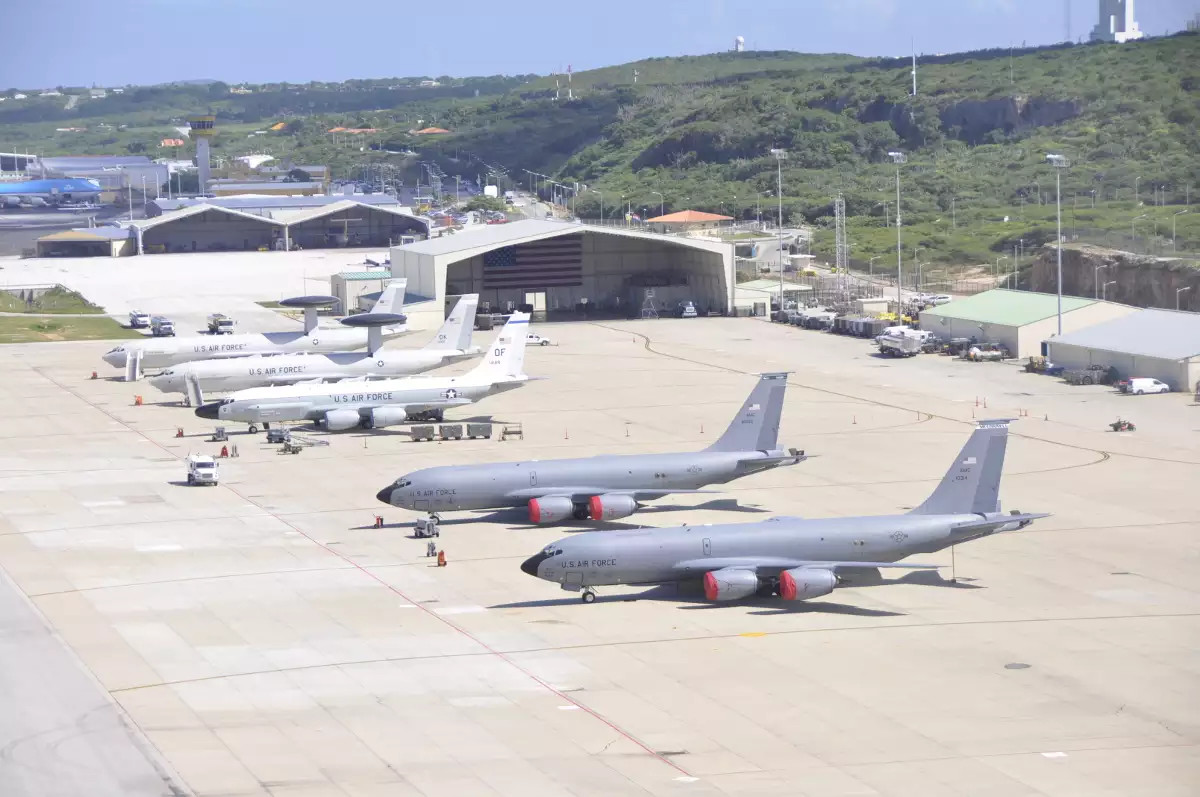
Regardless, that forward site could easily serve as an important staging base or lilypad for any contingency operations into Venezuela. The United States likely has similar agreements to make use of airports and air bases in friendly countries in the region during a contingency.
Using U.S. Navy ships already in the Caribbean Sea as improvised sea bases could be another option if larger amphibious assault ships are not available. That service also did just demonstrate its ability to deploy a small amphibious unit, called Littoral Combat Group One (LCG-1), which consisting of an Arleigh Burke-class destroyer, a San Antonio-class landing platform dock, and an embarked Marine task force. The group returned to the United States in December 2018 after making stops across South America, but could serve as a model for a new deployment to respond to the new situation in Venezuela.
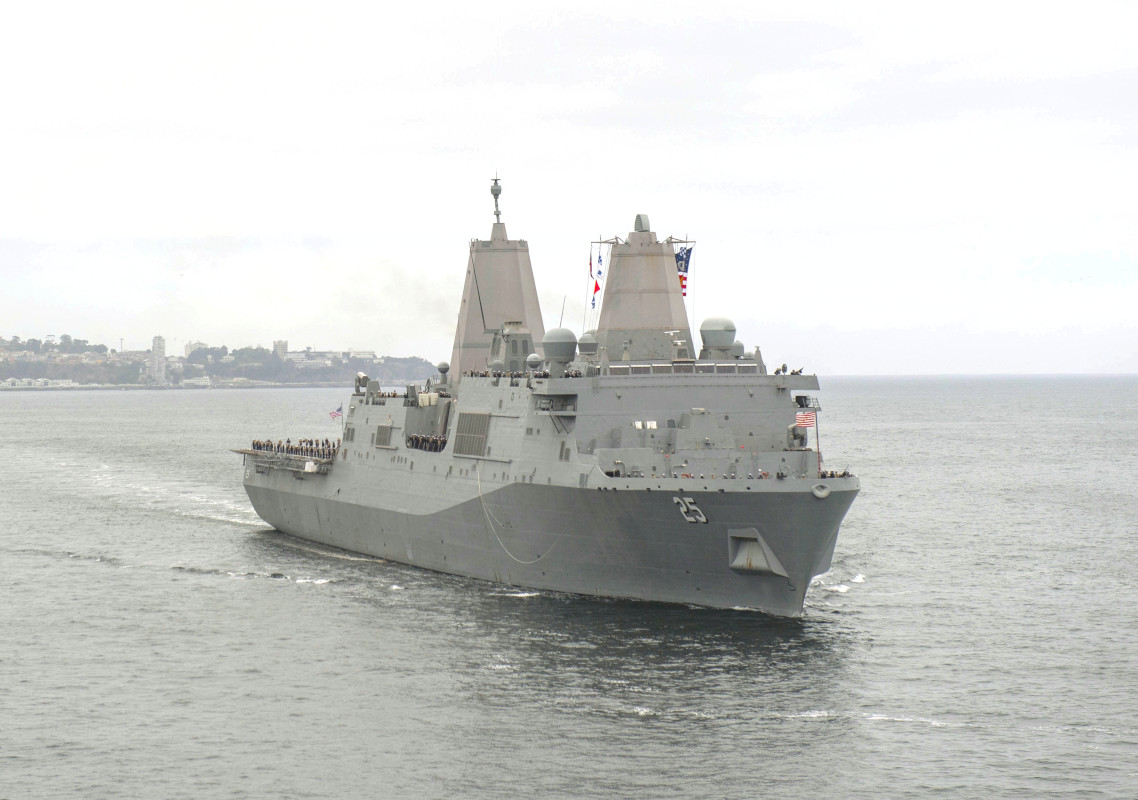
Whatever course of action the U.S. military might take could encounter significant dangers. One of the most apparent is that the Venezuelan military has significant stockpiles of Russian-made man-portable shoulder-fired surface-to-air missiles, also known as MANPADS.
These weapons could be a major threat, especially to low- and slow-flying transport aircraft and helicopters. If the security situation in Venezuela deteriorates significantly, those weapons may proliferate to local militias and other less professional groups, increasing the potential risks. At time goes on, there may be less and less reliable intelligence about the disposition and intent of any possible hostile forces, which will only make things more complex and potentially dangerous.

There is also the distinct possibility that any significant deployment of American military personnel could prompt a violent response from government security forces loyal to Maduro or among portions of the Venezuelan population who continue to support him. While there is no clear evidence that the United States has been actively planning a military intervention against the Venezuelan president, it is clear that the U.S. government supports Guaido over the current regime.
On top of that, there have been numerous reports that President Trump has repeatedly asked about the potential of using military force to resolve the crisis in Venezuela and apparently met directly with actual coup plotters on more than one occasion. Other U.S. government officials and politicians have explicitly and implicitly called for a coup to unseat Maduro, which can only increase skepticism about America’s true intentions in the oil-rich country.
Maduro himself might seek to call in outside support, including from Russia. Russian Tu-160 bombers visited the country in December 2018 and there had been reports that Venezuelan authorities had offered to let the Kremlin establish an air base on an island off the country’s coast.
Russian President Vladimir Putin was quick to support Syrian dictator Bashar Al Assad in order to preserve Russia’s foothold in the Middle East. He may be inclined to do the same here, which could bring American and Russian forces dangerously close together in a chaotic situation. Russia could also simply help Maduro flee into self-imposed exile if his position becomes too precarious.
It’s still far too early on in this new crisis in Venezuela to know for sure what will happen. We will be keeping a close eye on the situation as it continues to develop.
Contact the author: jtrevithickpr@gmail.com
